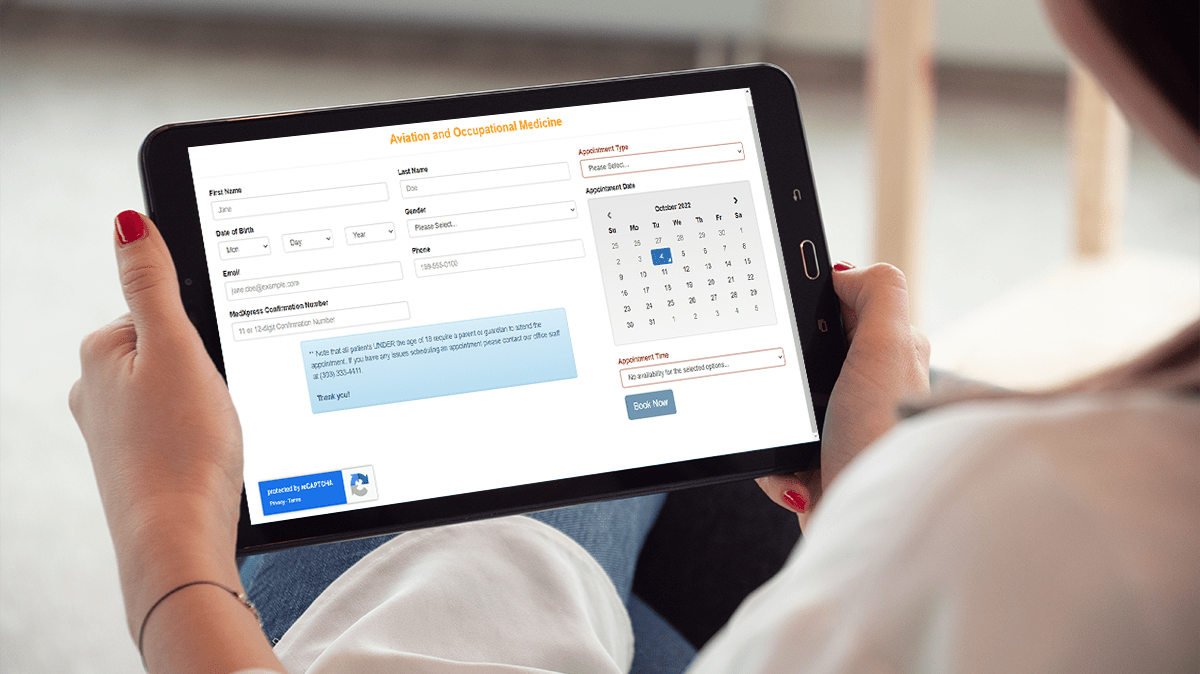Best Practices to Improve Patient Engagement in 2023
 Automate Multi-Channel Appointment Reminders
Automate Multi-Channel Appointment Reminders
Patient no-show appointments cost healthcare organizations roughly $150 billion dollars annually, according to Health Management Technology. That’s around $200 of lost income per every unbooked physician time slot.
Reminding patients about their upcoming appointment is key to reducing no-shows, but hiring administrators to manually call each patient can be time-consuming and expensive. Instead of settling for picking up the phone, invest in practice management software that enables automated emails and texts. Distributing appointment reminders via multiple channels makes patients more likely to receive the notice, and be able to reschedule appointments in advance.
 Provide Timely Follow-Ups
Provide Timely Follow-Ups
It’s as simple as sending a quick direct message through your patient portal, but personalized provider follow-ups can dramatically improve patient engagement and clinical outcomes. One study showed that 4 in 10 patients misunderstand or ignore aftercare instructions. Checking in on patients between appointments and scheduling follow-ups helps improve medication adherence and helps patients take a more involved role in their own health.
 Educate Patients with Readily Available Resources
Educate Patients with Readily Available Resources
Tired of your patients Googling about their health and symptoms, or scouring online forums and social media for medical expertise? Become their go-to source for credible health information. Provide your patients with digital education libraries and leave-behind materials to help dispel misinformation and keep your patients informed.

Integrate Telehealth
Nearly half of patients prefer telehealth over in-office visits, according to a Healthcare IT News survey. Virtual visits are convenient for both patients and providers and help patients overcome barriers to accessing high-quality medical care. Incorporating telehealth can help improve patient engagement by enabling them to meet providers from the comfort of their homes while also reducing appointment no-shows.
 Optimize and Promote Digital Patient Portals
Optimize and Promote Digital Patient Portals
User-friendly patient portals allow patients to quickly access their latest lab results, see health trends over time, complete forms, order prescription refills, ask their doctor questions, and check for upcoming appointments – without picking up the phone. Patient portals also come in handy when delivering seasonal reminders, such as flu shot messages, or promoting upcoming educational events.
But an effective patient portal is only helpful if patients are encouraged to use it. Make sure to promote your patient portal at every opportunity.
 Automate Multi-Channel Appointment Reminders
Automate Multi-Channel Appointment Reminders Provide Timely Follow-Ups
Provide Timely Follow-Ups Educate Patients with Readily Available Resources
Educate Patients with Readily Available Resources
 Optimize and Promote Digital Patient Portals
Optimize and Promote Digital Patient Portals